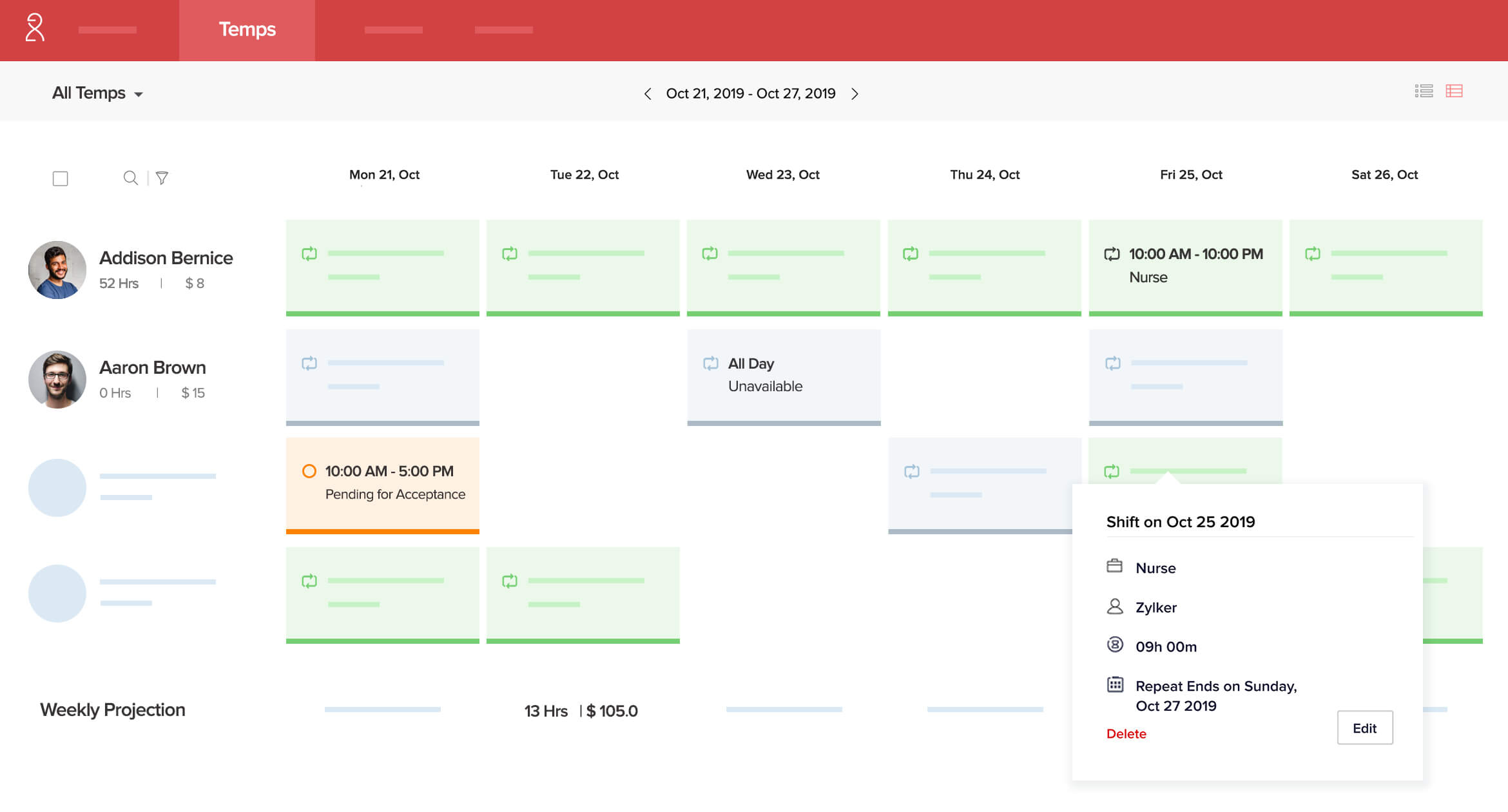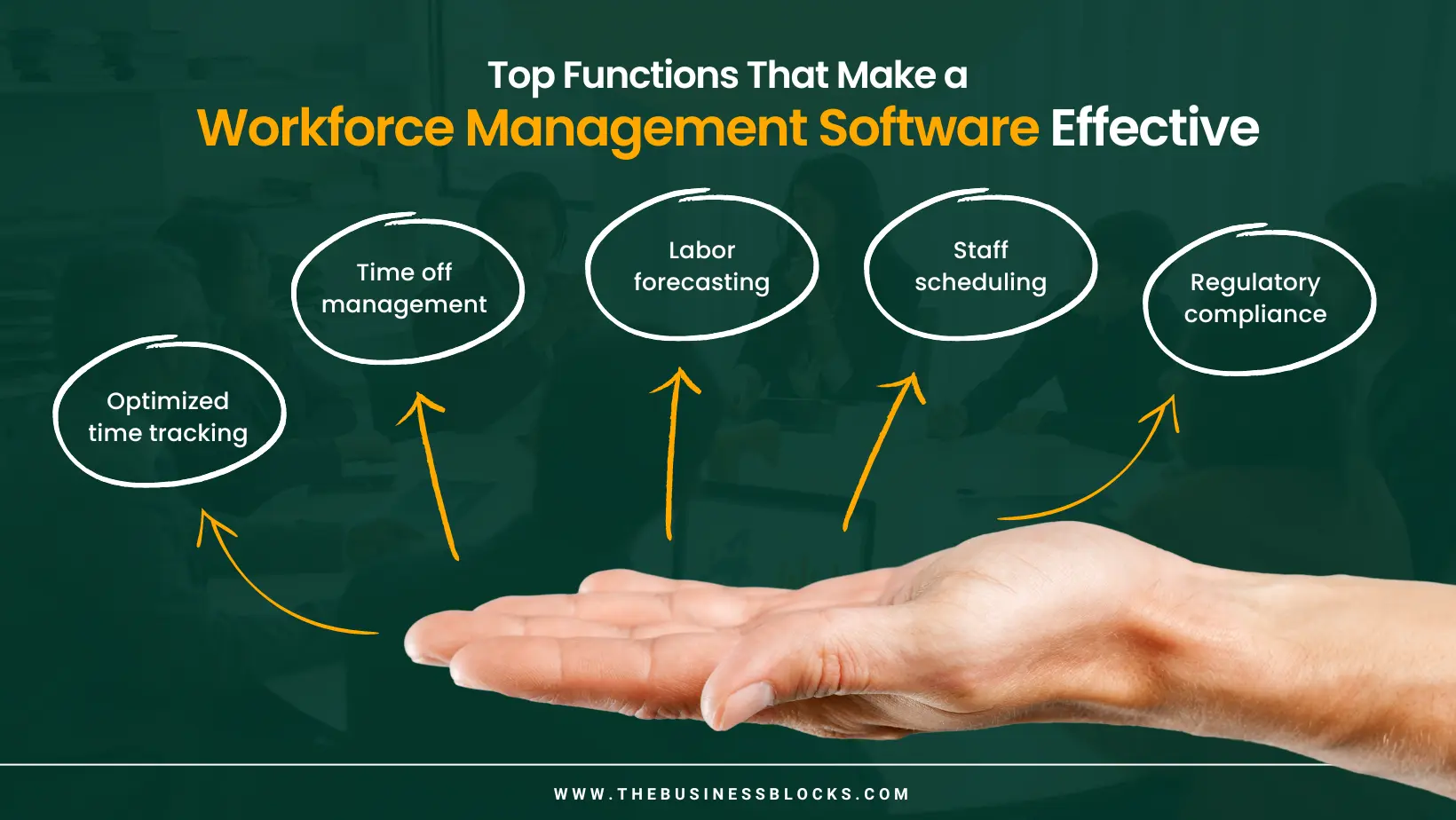Optimize Workforce Efficiency with Cutting-Edge Staffing Management Software
Optimize Workforce Efficiency with Cutting-Edge Staffing Management Software
Blog Article
Unleashing the Power of Data: Enhancing HR Techniques With Cutting-Edge Staffing Administration Software Application
In the quickly progressing landscape of personnels, the application of information has actually ended up being an essential pressure in shaping organizational success. As companies strive to stay affordable and dexterous, the integration of advanced staffing management software attracts attention as a transformative device in enhancing human resources procedures. By utilizing the power of data analytics, companies can not just improve their recruitment strategies however also maximize staff member retention and efficiency. The synergy in between data-driven insights and advanced modern technology provides a compelling possibility for human resources professionals to transform their method towards skill management.
Significance of Data-Driven Human Resources Techniques
Data-driven Human resources approaches enable companies to optimize their workforce monitoring, recruitment processes, and employee engagement efforts. By evaluating information connected to employee performance, turnover rates, and skill gaps, HR departments can identify trends, predict future needs, and develop proactive services to resolve challenges.
Data-driven human resources strategies additionally play an essential role in enhancing employee complete satisfaction and retention. Through the analysis of staff member responses, efficiency evaluations, and training results, HR professionals can tailor specific growth strategies, acknowledge high-potential staff members, and foster a society of continuous knowing and development within the organization. Additionally, data-driven insights enable human resources teams to align their approaches with the total business purposes, making sure that skill management initiatives directly add to business success.
Benefits of Staffing Management Software Program
Using staffing management software program streamlines the employment and onboarding processes for human resources departments, boosting efficiency and accuracy in ability purchase. One substantial advantage of this software program is the ability to systematize prospect information, making it conveniently available for recruitment teams. By having all candidate details in one location, human resources professionals can successfully track candidate development, connect successfully with potential hires, and make sure a smooth recruitment experience.
Additionally, staffing monitoring software usually includes attributes such as return to parsing and key phrase matching, which aid in quickly determining leading candidates that match the job demands. This automation lowers the time invested in hand-operated return to screening, enabling human resources personnel to concentrate on even more tactical tasks. staffing management software. In addition, these systems can incorporate with job boards and social media platforms, broadening the reach of task posts and drawing in a varied swimming pool of candidates
Moreover, analytics and reporting devices within staffing monitoring software application supply beneficial understandings right into employment metrics, such as time-to-fill and cost-per-hire. This data-driven strategy enables HR groups to make enlightened choices, maximize employment approaches, and boost total hiring processes. By leveraging these advantages, organizations can streamline their talent procurement initiatives, boost prospect experience, and inevitably develop a strong workforce.
Enhancing Recruitment Procedures With Data
Utilizing data-driven methods in recruitment processes has actually come to be progressively essential for companies looking for to improve their talent acquisition end results. By leveraging information, business can make even more educated decisions throughout the recruitment lifecycle, inevitably causing much better hires and improved retention rates. One key means information enhances employment processes is by optimizing job posts based upon insights from previous successful hires. Analyzing metrics such as the resource of leading skill, time to fill placements, and candidate top quality can assist recruiters customize job descriptions to bring in the best prospects effectively.
Furthermore, data analytics can streamline the screening and choice process by recognizing patterns in prospect qualifications and efficiency indicators. On the whole, integrating information into employment processes encourages companies to make smarter employing choices and build high-performing teams.
Improving Employee Retention Via Innovation

One method modern technology can boost worker retention is with using worker engagement platforms. These platforms enable real-time responses, recognition, and interaction in between workers and management, fostering a culture of appreciation and assistance. Furthermore, innovation can enable personalized learning and development programs customized to private employee needs and job ambitions, enhancing job contentment and commitment.
In addition, data analytics tools can assist organizations determine trends and patterns associated with staff member turn over, enabling them to take proactive steps to address possible issues prior to they intensify. Overall, by leveraging innovation properly, organizations can produce a more interesting and supportive job environment that encourages staff members to expand and stay within the firm.
Optimizing Labor Force Performance With Information

Via the analysis of data, HR departments can recognize patterns and fads that impact performance levels. For instance, by tracking staff member work hours and project completion rates, organizations can enhance work timetables to make certain that tasks are successfully distributed among team members. Additionally, data can reveal skill gaps within the labor force, permitting human resources to apply targeted training programs that boost staff member capacities and general efficiency.
Moreover, data-driven performance assessments enable supervisors to give details comments and support to employees, cultivating a society of constant improvement. Overall, leveraging information to maximize labor force productivity is a tactical approach that encourages companies to achieve their objectives successfully and effectively.
Verdict
Finally, using advanced staffing management software program can considerably enhance human resources techniques by leveraging the power of information. By incorporating data-driven employment processes, boosting worker retention through modern technology, and optimizing workforce productivity, companies can improve their procedures, make helpful hints more enlightened decisions, and inevitably accomplish better success in handling their human funding. Embracing these technological advancements is vital in the ever-evolving landscape of human resource administration.
Data-driven Human resources techniques allow firms to optimize their workforce administration, employment procedures, and employee involvement initiatives. By assessing information associated to staff member performance, turnover prices, and skill gaps, HR departments can recognize fads, forecast future needs, and establish aggressive solutions to deal with difficulties.

Report this page